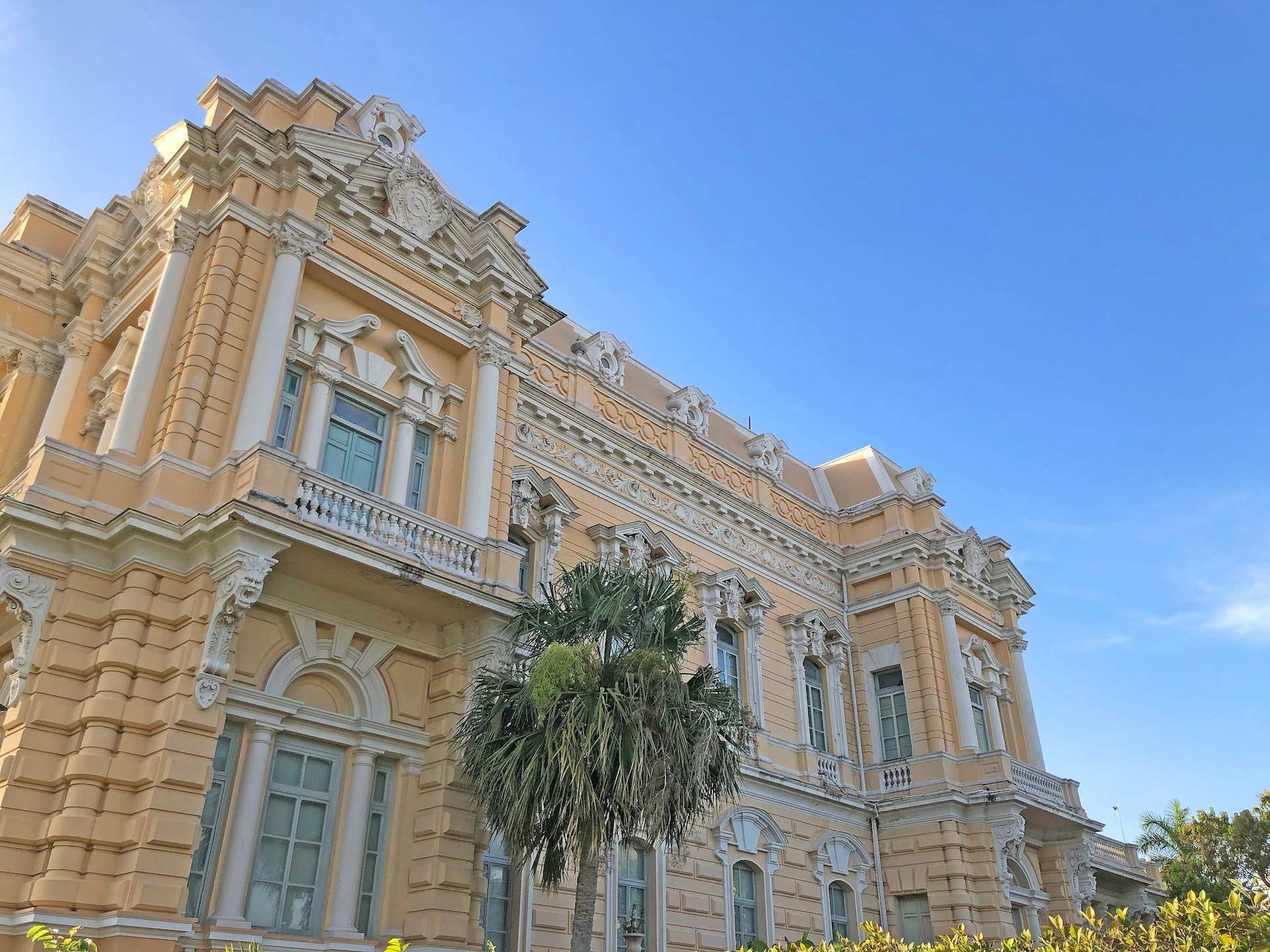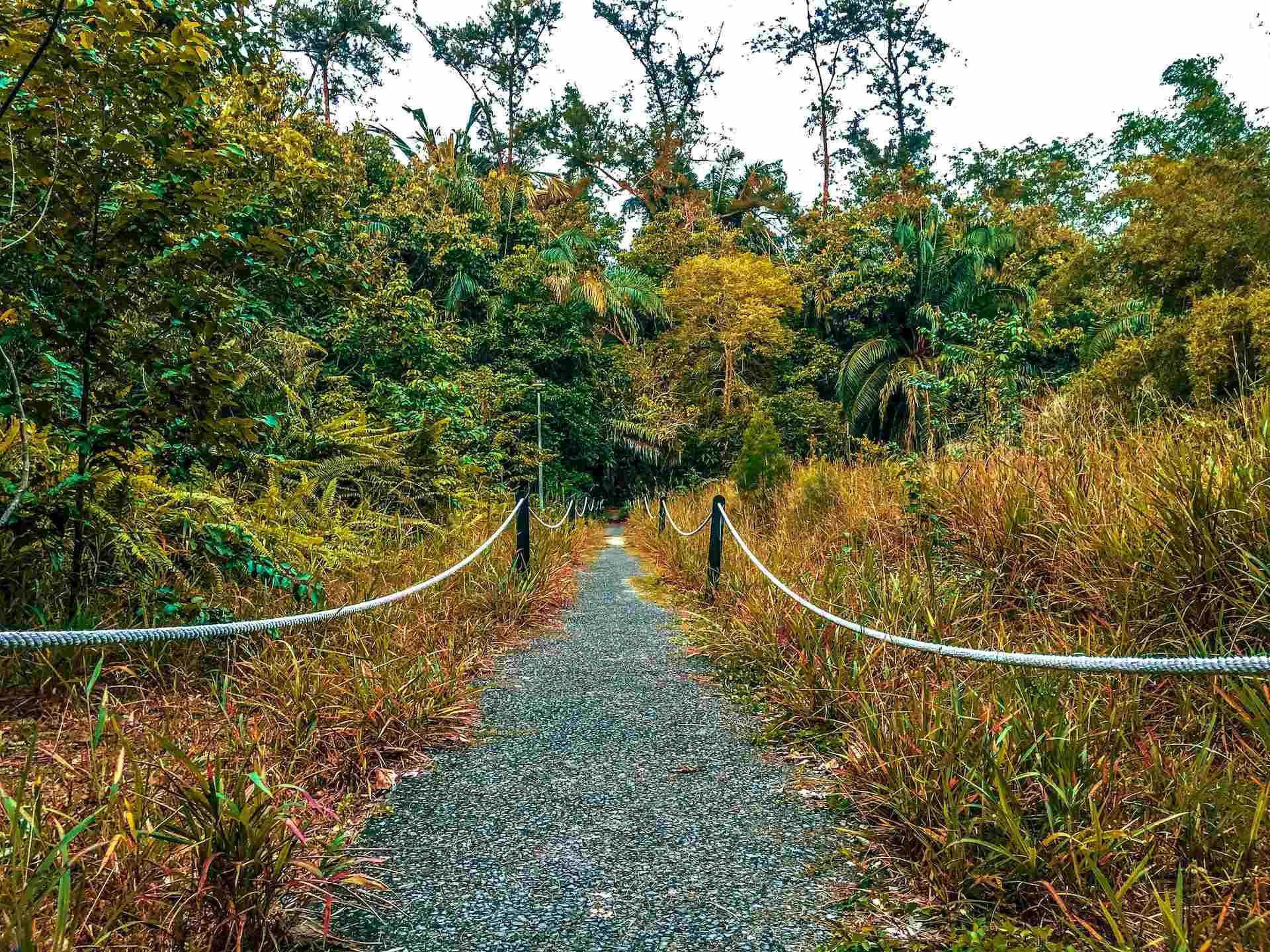Is Mexico City dangerous? When it comes to Mexico City safety, it depends on how you look at it. The city, like any other metropolis, has its own set of hazards and risks. However, with proper planning and precautions, visitors can have a safe and enjoyable trip to Mexico City.
Common Causes of Injury
One of the most common causes of injury in Mexico City is traffic accidents. The city’s streets can be chaotic, with heavy traffic and a lack of clear traffic laws. Pedestrians and bicyclists are particularly at risk, as drivers may not always be looking out for them. Visitors should exercise caution when crossing the street and be aware of their surroundings when walking or biking.
Natural Dangers
Mexico City is located in a valley surrounded by mountains, which can make it susceptible to natural disasters such as earthquakes. While the city has strict building codes in place to help prevent damage during an earthquake, it is still important for visitors to be aware of the potential danger and know what to do in case of an emergency. Additionally, the city can also be affected by air pollution, which can be particularly bad during certain times of the year. Visitors with respiratory issues should take this into consideration when planning their trip.
Weather-related Safety
Mexico City has a tropical climate with a rainy season from June to October. During this time, flash floods and landslides can occur in some areas. Visitors should be aware of weather conditions and take appropriate precautions when traveling during the rainy season. Additionally, the city can be quite hot and sunny during the summer months, so it’s important to stay hydrated and protect yourself from the sun.
Crime
Mexico City has a relatively high crime rate, with the most common types of crime being pickpocketing, purse snatching, and theft from cars. Visitors should take precautions to protect themselves and their belongings, such as keeping valuables out of sight and avoiding carrying large amounts of cash. Some areas of the city, such as Tepito and Iztapalapa, are known to be particularly dangerous and should be avoided. However, many areas of Mexico City, such as Condesa, Roma, and Polanco, are considered relatively safe and popular among tourists.
It is also worth noting that crime against tourists is a major concern in Mexico, especially in the capital city. Some areas to avoid are Tepito, Iztapalapa, and La Merced, known for pickpocketing, theft, and drug trafficking. It is important to be aware of your surroundings, not to carry valuables, and avoid walking alone at night in unfamiliar areas.
Conclusion
Overall, Mexico City is a vibrant and exciting place to visit, but it does have its own set of hazards and risks. Visitors should exercise caution and be aware of their surroundings, especially when it comes to traffic and crime. By following these simple precautions, visitors can have a safe and enjoyable trip to Mexico City. With its rich history, delicious food, and vibrant culture, Mexico City is definitely worth a visit.



